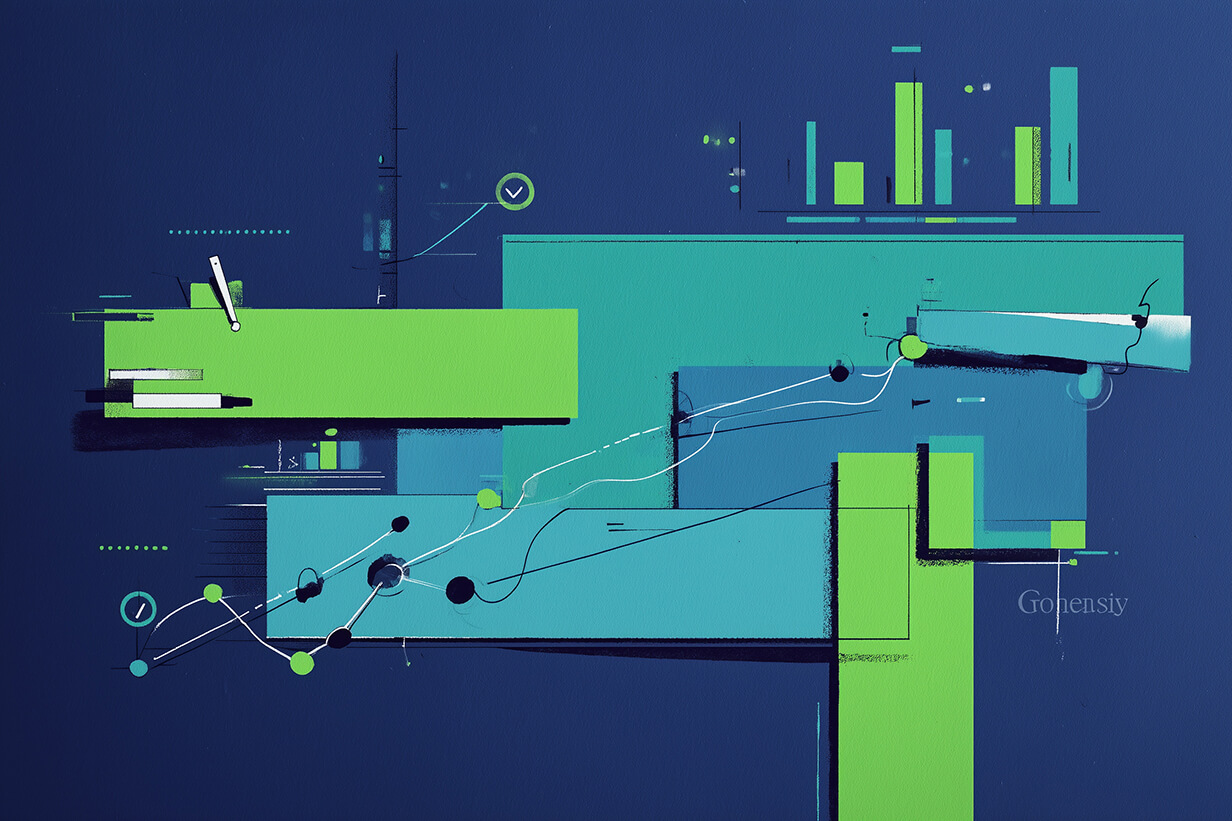Customer Acquisition Cost (CAC) has become one of the most important metrics for any company that wants to grow profitably. But when we talk about B2B companies, manufacturers, or industrial SMEs, CAC is not just financial data: it’s a strategic tool for making key decisions about budget, channel, team, and growth pace.
This article aims to clearly and practically answer the following questions:
- What is CAC?
- How is it correctly calculated in B2B industrial environments?
- Why is it higher than in other sectors?
- How can it be reduced without affecting client quality?
- How does it relate to LTV and what mistakes should be avoided?
What is CAC?
CAC (Customer Acquisition Cost) is the metric that indicates how much it costs your company to acquire a new customer. It’s calculated by dividing the total invested in marketing and sales during a specific period by the number of new customers acquired in that same period.
Basic formula:
At first glance, it seems like a simple formula. But in practice, its correct implementation requires judgment, context, and traceability.
Why is CAC especially important in B2B and industries?
Because in these types of companies:
- Sales cycles are longer and more complex
- Processes involve multiple decision-makers
- Acquisition investments usually include trade shows, samples, technical trips
- The unit value of the customer is usually higher, but less frequent
Consequently, CAC is higher, but also more strategic. It’s not just about reducing it, but understanding it and optimizing it based on the real value of each customer.
What to include in the CAC calculation
A common mistake is underestimating associated costs. For a realistic view, in B2B industrial environments you should include:
- Salaries and commissions for marketing and sales
- Advertising: Google Ads, LinkedIn, trade shows, technical magazines
- Event and travel expenses: per diems, accommodation, samples
- Software: CRM, email marketing, automation
- Content: videos, technical sheets, catalogs
- External consultancies
- Technical time invested in pre-sales
Practical CAC example:
This is absolutely normal (and healthy) in companies with high tickets, where a customer can represent six-figure annual revenue.
What should the ideal CAC be?
It depends on your business. But a good practice is to compare it with LTV (Lifetime Value), that is, the value that customer will generate for you throughout the relationship.
Recommendation:
This means that for every euro invested in acquisition, you should recover at least three over time.
How to efficiently track CAC
Choose the right analysis period
In B2B, it’s usual to work with 6 to 12-month horizons, due to the long cycle.
Track each investment clearly
Every expense must be associated with an acquisition activity, including man-hours, tools, and third parties.
Separate by channel or segment
Your general CAC may hide that one channel is profitable and another is not. Breaking it down allows you to fine-tune your strategy.
Don’t confuse leads with customers
Only closed and invoiced customers count. Not leads or prospects.
Segmenting CAC: why and how to do it
Not all customers cost the same. If you sell different lines or channels, you should segment:
- CAC by channel: how much does it cost you to capture through Ads vs. trade shows?
- CAC by product or service: which unit generates more return?
- CAC by region: which market responds better to you?
Result:
This allows you to redirect budget to where it really generates value.
How to reduce CAC without compromising quality
✅ Improve conversion rate
Small adjustments in your sales process can generate big savings. E.g.: going from 10% to 15% closure reduces CAC without increasing investment.
✅ Automate processes
Use CRM, email sequences, downloadable content to better qualify.
✅ Work on ICP
The more defined your Ideal Customer Profile is, the fewer resources you waste on leads that don’t close.
✅ Strengthen your content strategy
Well-oriented content educates, attracts, and pre-filters, reducing sales effort.
✅ Align marketing and sales
When both teams work together, acquisition becomes more efficient.
Relationship between CAC and growth strategy
CAC is not just a number: it’s a compass. If your CAC goes up, but your average ticket or LTV also goes up, it might be okay. But if it goes up uncontrolled, it’s a warning sign.
You should analyze it together with:
- Cost per lead (CPL)
- Conversion rate by stage
- Closing time
- Retention rate
- LTV
Complementary indicators to CAC
Recommended tools to measure CAC
- CRM: HubSpot, Pipedrive, Salesforce
- ERP integrated with marketing
- Time tracking tools (Clockify, Toggl)
- Google Analytics + UTM for channel tracking
- Dashboards in Looker Studio / Power BI for visualization
Common mistakes when calculating CAC
- ❌ Including leads instead of real customers
- ❌ Not considering salaries or tools in the calculation
- ❌ Using very short horizons in long cycles
- ❌ Not updating data periodically
- ❌ Ignoring differences by channel or region
- ❌ Comparing with benchmarks from irrelevant sectors
How much CAC is too much?
There’s no magic number, but if your CAC:
- Exceeds your average gross margin
- Has an LTV / CAC ratio less than 2
- Takes more than 18 months to recover
… you should probably review your business model, your prices, or your acquisition strategy.
Customer Acquisition Cost (CAC) is not just another metric: it’s a strategic key to evaluate whether your company is growing healthily or simply spending without return.
For B2B and industrial companies, where each customer involves investment of time, people, and technical resources, having a well-calculated and segmented CAC allows:
- Making better investment decisions
- Increasing real profitability
- Optimizing sales processes
- Better aligning marketing and sales
Understanding it, measuring it, and acting based on it puts you ahead of many companies that still make decisions “by gut feeling”.
Want to calculate your CAC precisely and turn it into a growth tool?
At Smart Team we help industrial SMEs and B2B companies measure, understand, and optimize their acquisition strategy with real data and a practical approach. Contact us and let’s start improving your numbers from the ground up.
Consultor de Marketing y SEO con más de 10 años de experiencia en optimización web y estrategias digitales. Ayudo a negocios locales, pymes y grandes empresas a mejorar su posicionamiento online, alcanzar sus objetivos de crecimiento y adaptarse a un mundo digital cada día más competitivo.



